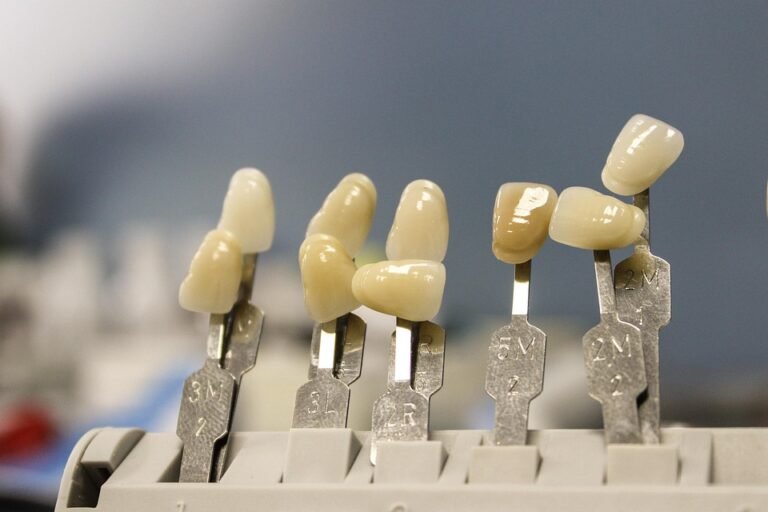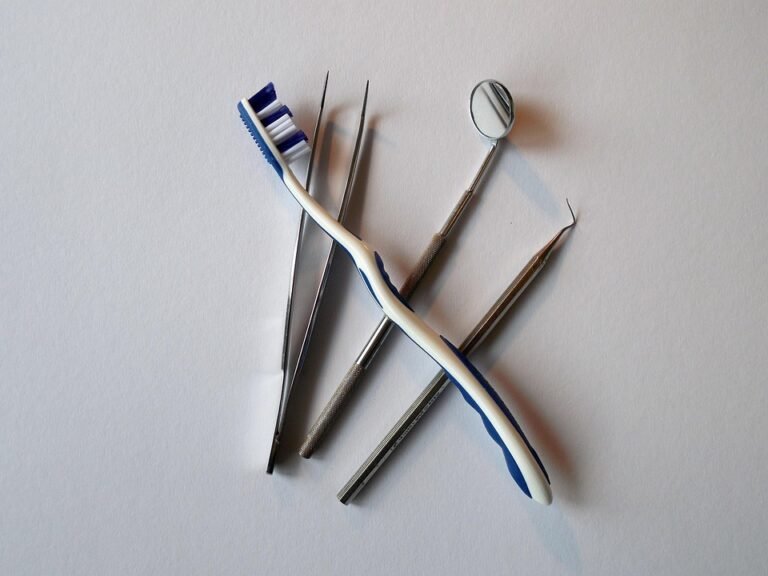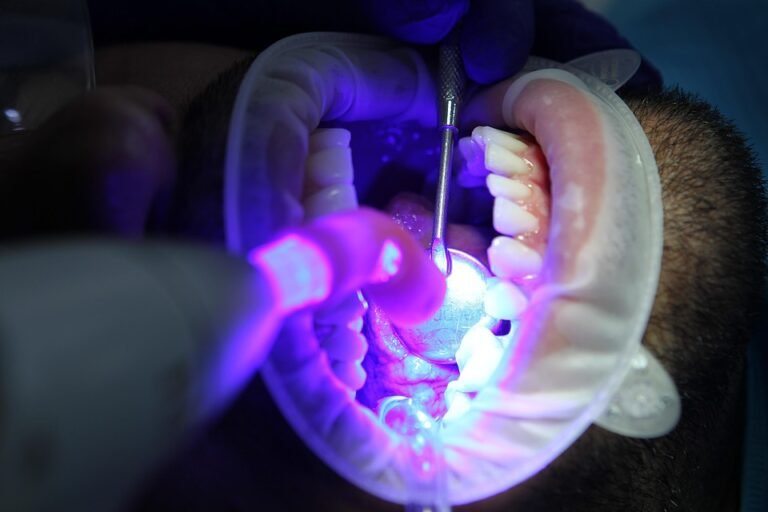How should dentists communicate with staff members effectively
Okay, so I’m a dentist and I’m finding that communication in my practice is… well, let’s just say it could be better. I have a team of hygienists, dental assistants, and front desk staff, and sometimes it feels like we’re all on different pages. Specifically, I’m struggling with these areas:
- Giving Instructions: How do I give instructions clearly and concisely, especially when things are hectic during a procedure? I often feel rushed and maybe not as clear as I should be. What are some specific strategies?
- Providing Feedback: I want to offer constructive feedback, both positive and negative, in a way that motivates and doesn’t discourage. I’m worried about coming across as bossy or critical, and I want my staff to feel valued. What’s the best approach for performance reviews and everyday feedback?
- Handling Conflicts: Small disagreements are bound to happen, but I want to address them productively before they escalate. What are some tips for mediating disputes and fostering a more collaborative environment? What should I do if the conflict involves me directly?
- Staying Informed: How can I ensure everyone is up-to-date on practice policies, new procedures, and important announcements without overwhelming them with information? Should I be holding more frequent staff meetings? Are there better alternatives?
- Building Rapport: Beyond just work-related communication, how can I build positive relationships with my staff so they feel comfortable coming to me with concerns and ideas? It feels impersonal right now.
I’m really committed to creating a more positive and efficient work environment, so any practical advice or examples would be greatly appreciated. I really want to improve!
Answer
Effective communication between dentists and their staff is crucial for a smoothly run practice, positive work environment, and optimal patient care. Here’s a detailed breakdown of strategies dentists can use to foster effective communication:
1. Establish Clear Communication Channels:
- Regular Staff Meetings: Schedule consistent meetings (e.g., weekly, bi-weekly) with a set agenda. These meetings provide a forum to discuss practice goals, updates, challenges, patient feedback, new procedures, and address any concerns. Encourage open dialogue and active participation from all staff members. Distribute the agenda beforehand so staff can prepare. Follow up with meeting minutes summarizing key decisions and action items.
- Daily Huddles: Conduct brief daily huddles (5-10 minutes) at the start of the day. These meetings are designed to review the day’s schedule, discuss any specific patient needs or potential challenges, and ensure everyone is on the same page. Use this time to quickly disseminate important information and coordinate tasks.
- Written Communication: Utilize email, memos, or a practice-specific communication platform (e.g., Slack, Microsoft Teams) for disseminating information that requires documentation or is not urgent. Ensure clarity and conciseness in written communication. Establish clear protocols for using these channels (e.g., response time expectations).
- Intranet/Shared Drive: Create a central repository for important documents, protocols, forms, and training materials. This ensures that everyone has access to the same information and reduces the risk of miscommunication due to outdated or conflicting documents.
- One-on-One Meetings: Schedule regular individual meetings with each staff member. These meetings provide an opportunity to discuss performance, goals, professional development, and address any personal concerns or challenges they may be facing. They foster a stronger relationship and create a safe space for open communication.
2. Active Listening and Feedback:
- Practice Active Listening: Give your full attention to the speaker, both verbally and nonverbally. Make eye contact, nod to show understanding, and avoid interrupting. Ask clarifying questions to ensure you understand their perspective.
- Encourage Feedback: Create a culture where staff members feel comfortable providing feedback, both positive and negative. Solicit feedback on practice procedures, communication strategies, and management styles. Use surveys, suggestion boxes, or anonymous feedback forms to gather information.
- Provide Constructive Criticism: When providing feedback, focus on specific behaviors or actions rather than making personal judgments. Frame criticism as an opportunity for improvement and offer solutions or support. Use the "sandwich" method (positive feedback, constructive criticism, positive feedback) to soften the delivery.
- Acknowledge and Respond to Feedback: Show that you value staff input by acknowledging and responding to feedback promptly. Explain what actions will be taken based on the feedback received and provide updates on progress.
3. Clear and Concise Communication:
- Use Clear and Simple Language: Avoid using jargon or technical terms that staff members may not understand. Explain concepts in a clear and concise manner.
- Provide Context: When communicating instructions or information, provide context so that staff members understand the "why" behind the request. This helps them to understand the importance of the task and how it contributes to the overall practice goals.
- Set Clear Expectations: Clearly define roles, responsibilities, and performance expectations. Provide written job descriptions and performance metrics. Regularly review these expectations with staff members to ensure understanding.
- Be Specific and Avoid Ambiguity: When delegating tasks, be specific about the desired outcome, timeline, and any relevant instructions. Avoid vague instructions that can lead to misunderstandings.
- Confirm Understanding: After communicating important information or instructions, ask staff members to summarize or repeat back what they understood. This helps to identify any misunderstandings and ensure that everyone is on the same page.
4. Nonverbal Communication:
- Be Mindful of Body Language: Pay attention to your body language, including your facial expressions, posture, and gestures. Maintain eye contact, smile, and use open and welcoming body language to create a positive and approachable demeanor.
- Maintain a Professional Demeanor: Even during stressful situations, maintain a calm and professional demeanor. Avoid raising your voice or displaying negative emotions.
- Be Aware of Nonverbal Cues from Staff: Pay attention to the nonverbal cues from staff members, such as body language, facial expressions, and tone of voice. These cues can provide valuable insights into their feelings and concerns.
5. Conflict Resolution:
- Address Conflicts Promptly: Do not ignore or avoid conflicts between staff members. Address them promptly and fairly.
- Facilitate Open Communication: Create a safe space for conflicting parties to communicate openly and honestly. Encourage them to express their feelings and perspectives.
- Act as a Mediator: Act as a mediator to help conflicting parties find common ground and reach a mutually agreeable solution.
- Document Conflict Resolution Efforts: Keep a record of all conflict resolution efforts, including the date, parties involved, issues discussed, and solutions reached.
6. Building Trust and Respect:
- Show Appreciation: Regularly acknowledge and appreciate staff members for their contributions. Provide positive feedback and recognition for a job well done.
- Treat Staff with Respect: Treat all staff members with respect, regardless of their position or experience level. Listen to their opinions and value their contributions.
- Be Fair and Consistent: Apply rules and policies fairly and consistently to all staff members. Avoid showing favoritism.
- Lead by Example: Demonstrate the communication behaviors you expect from your staff members. Be a good listener, provide constructive feedback, and communicate clearly and respectfully.
- Foster a Positive Work Environment: Create a positive and supportive work environment where staff members feel valued, respected, and empowered. Encourage teamwork and collaboration.
7. Utilizing Technology:
- Practice Management Software: Utilize practice management software to streamline communication and information sharing. This software can be used to manage appointments, patient records, billing, and communication with patients and staff.
- Communication Platforms: Utilize communication platforms like Slack or Microsoft Teams for instant messaging, file sharing, and group discussions.
- Teleconferencing: Utilize teleconferencing tools for remote meetings or consultations.
- Online Training Platforms: Utilize online training platforms to provide staff members with access to training materials and resources.
By implementing these strategies, dentists can foster a culture of open communication, build strong relationships with their staff, and create a more productive and satisfying work environment, ultimately leading to better patient care.




